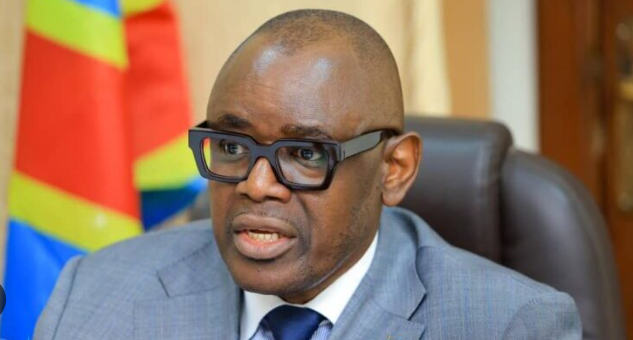ZESCO will deal with the US $1 billion it owes Independent Power Producers (IPPs) by 2025 after it managed negotiate a new agreement on tariffs and interest rates to prevent a further rise in its debt.
The IPPs which include Maamba Collieries, Ndola Energy Company, Lunsemfwa Hydropower Company and Itezhi Tezhi Power Corporation account for about 14 per cent of Zambia’s installed power generating capacity.
Zesco Managing Director Victor Mapani said that while IPPS sold power to ZESCO at around 0.11 US cents per kilowatt the utility sold it to domestic consumers for as little as $0.05 U.S cents per kilowatt.
Mr Mapani said the relationship between Zesco Limited and IPPs had historic challenges entrenched in the mismatch between purchase and retail price for power.
However, he said after August 2021 Zesco managed to resurrect previous failed attempts to renegotiate the tariffs with IPPs.
“The challenge which is there is where you procure electricity at a higher price and sell it at a lower price and that glided Zesco into a huge debt challenge which as of 2021 December was sitting around US$1.7 billion.
“That has since been moderated, tariffs have been negotiated and that debt has reduced to just about a US $1 billion, and progressively that will be resolved we believe by 2025 toward the IPPs,” he said.
He also revealed that Zesco was prioritising partnerships between Zambians and international investors in its aggressive drive to bolster investments in solar energy to mitigate the negative effects of climate change on the power system.
Mr Mapani said the utility was targeting investors with own battery storage.
He said of Zambia’s current 3,600 megawatts installed capacity, 86 per cent was water-dependent with the remaining 14 per cent apportioned to a coal-thermal fired power station and some solar plants.
He said the need to diversify power sources was now more compelling because of the weakening rainfall patterns especially in the south of the country, where key hydropower stations were located.
Mr Mapani said the state power utility was currently looking for indigenous companies to support in the drive to boost Solar PV generation in the country.
“We’ve signed off quite a few indigenous IPPs and so it is not just for foreign investments. The local IPPs have limited borrowing capacity, therefore, very few have invested in energy projects, but that has been opened up,” he said.
He cited the GET FIT Zambia programme where almost all participating companies had an indigenous component.
Zesco was currently working to inject 150-MW Solar power into the national grid this year as part of its plan to deploy 800-MW of new solar PV sources to help increase the resilience of the power network through a well- diversified energy mix.
This was according to a statement issued by Zesco public relations manager Muntanga Sibalwa in Lusaka yesterday.








